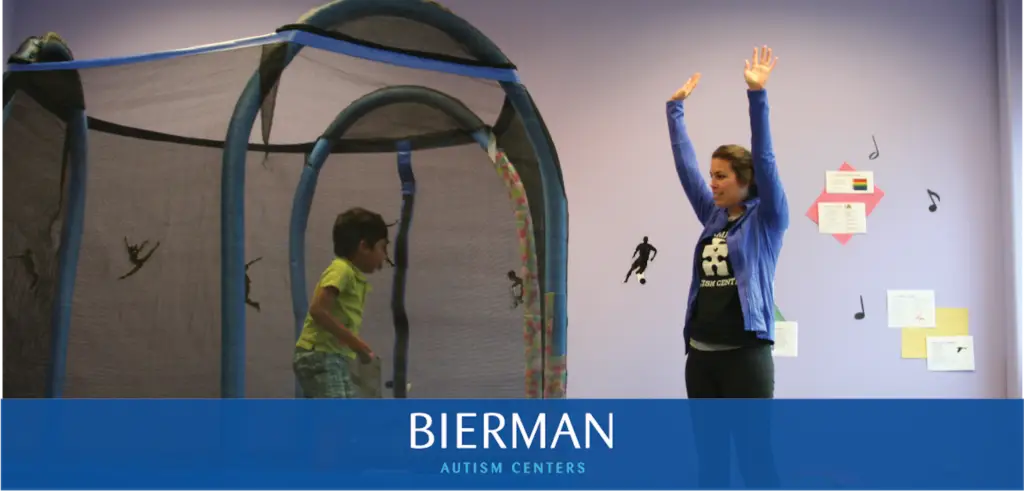This is a guest post written by a former employee (whom we miss very much!) Amy Sartin, a BCBA living and working in California, offers these valuable insights for Autism Awareness Month. Amy shares about little victories and autism.
“April is Autism Awareness Month! After close to a decade of working with children with autism and other developmental disorders, here are my thoughts:
Autism can happen to anyone at any time. Autism is not a reflection of poor parenting or lack of education. Autism knows no race, ethnicity, culture, religion, or monetary bounds. I have seen the strongest parents face unimaginable challenges with their children. One thing is sure – raising a child with autism is not for the weak.
Often the media reports the negative side of autism – and let’s be clear – children and families with autism have to overcome many obstacles every day. For a child with autism, something as simple as putting on clothes or eating breakfast can be difficult.
But here’s the thing – autism is not all darkness and doom. After working with hundreds of children on the spectrum, I have learned to appreciate the small things. Little victories are so much sweeter. Seeing something as simple as watching happy kids playing at recess or hugging their dad can bring tears to my eyes. Watching a child with autism communicate for the first time – whether it is vocally or through other means – will NEVER get old. Nothing makes me smile quite like a visit from a former client. Every single child I have ever worked with will always have a special place in my heart. There is nothing better than seeing a child master a skill they have been working on for several days, weeks, or even months. I will never cease to be amazed by the kids I get to see every day.
Working in this field is not easy – but whether you are a teacher, a therapist, a consultant, or even just a nanny for someone with special needs – we HAVE to keep this perspective. We cannot become jaded. Take a moment to appreciate the amazing things we see every day. Thank a parent who has entrusted you with their most precious gift – their child.
To those who are not affected by autism – take a moment to appreciate the little things. Smile at a child you see in the grocery store. Give your child an extra hug. Most of all, always keep things in perspective.”
Bierman Autism Centers is where kids as young as 18 months to 9 years of age engage in play to learn foundational skills they can build on, such as self-advocacy and communication. They recognize that every kid’s success is unique, and their one-on-one approach allows them to drive progress and measurable outcomes while each child is advancing on their own terms.
With over 200 graduations, Bierman currently has centers and is expanding in: Arizona, Indiana, Massachusetts, North Carolina, New Jersey, Ohio, and Rhode Island. For more about Bierman Autism Centers, visit www.biermanautism.com or call 800-931-8113.


